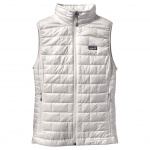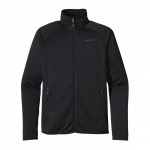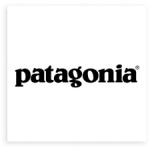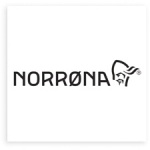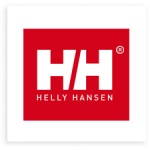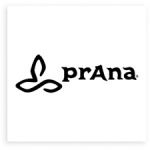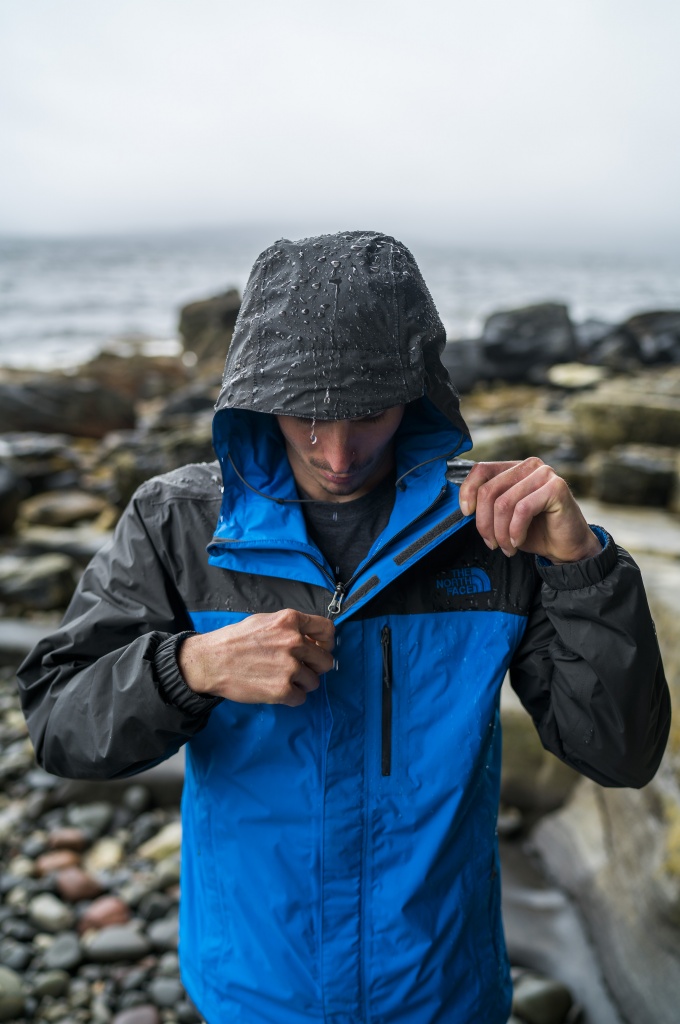With Earth Day approaching and a general heightened focus on the environment, brands are revealing a strong commitment to ecological sustainability for their spring and summer collections. One such initiative can be found in the form of the bluesign system.
What is the bluesign system?
The bluesign system is the solution for sustainable textile production. It eliminates harmful substances right from the beginning of the manufacturing process and sets & controls standards for an environmentally friendly and safe production.
Bluesign partners employ “methods and materials in their manufacture that conserve resources and minimize impacts on people and the environment.” This system serves as an efficient solution for chemical suppliers, textile and accessories manufacturers as well as fashion brands.
Bluesign is old news for one of our favourite brands: Patagonia. The brand committed to the bluesign system in 2007, and was the first brand to officially join the network. 10 years later, many of Patagonia’s products are bluesign approved, and their commitment to environmental conservation is one of many reasons why we love the brand. Many other companies are following suit and growing their line of bluesign approved apparel.
There are 5 principles behind bluesign’s implementation of sustainable processes:
- Resource Productivity
- During the complete process of textile production, companies use as few resources as possible. This means cost efficiency, as well as optimized process efficiency by minimizing both energy and material output. There are plenty of challenges that come with textile production, so bluesign sets ecological and economical priorities in place in order to meet those challenges.
- Consumer Safety
- The bluesign system meets the highest requirements to provide consumers both ecologically high-quality textiles as well as a clear conscience. Bluesign promises not only high-quality textile products without health risks, but also compliance that sustainability is implemented in each and every step of the production process. The goal is for the lowest possible impact on both human health and the environment.
- Water Emission
- Bluesign aims for the reduction of water pollution in its processes. This is done by eliminating harmful chemicals and fostering the use of state-of-the-art waste water treatment systems at its partners factories. The bluesign system looks to return purified water into the water cycle and to minimize impact on the aquatic environment. There are specific requirements regarding water pollution control and bluesign minimizes the amount of harmful substances in wastewater.
- Air Emission
- Active climate protection includes the use of low-emission components as well as optimizing energy consumption and monitoring emission limits for the whole process chain. The textile production process causes air emission at every step: the effects of deployed raw fabrics, chemicals or other resources. The bluesign system targets this from the beginning of the process and aims to reduce CO2 emissions.
- Occupational Health & Safety
- The bluesign system employs strict guidelines regarding the use of more sustainable chemical products along the supply chain. This in turn has positive impacts on the working conditions of bluesign system partners. For example, bluesign requires obligatory training programs concerning storage and handling of harmful substances and protection against environmental pollution in its partner facilities (i.e. dust and noise).
As we at Sporting Life continue our journey towards environmental sustainability, we are proud that a number of the brands we sell are official bluesign partners!

